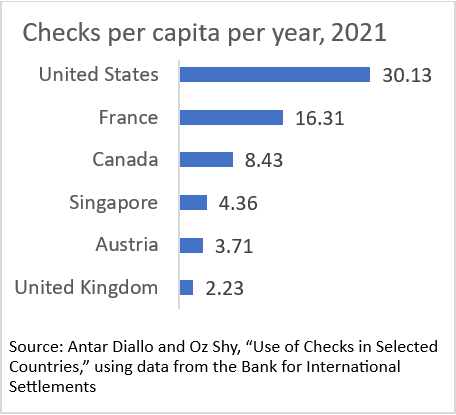from Project Syndicate:
The EU’s EV Greenwash
by Hans-Werner Sinn
EU emissions regulations that went into force earlier this year are clearly designed to push diesel and other internal-combustion-engine automobiles out of the European market to make way for electric vehicles. But are EVs really as climate-friendly and effective as their promoters claim?
MUNICH – Germany’s automobile industry is its most important industrial sector. But it is in crisis, and not only because it is suffering the effects of a recession brought on by Volkswagen’s own cheating on emissions standards, which sent consumers elsewhere. The sector is also facing the existential threat of exceedingly strict European Union emissions requirements, which are only seemingly grounded in environmental policy.
The EU clearly overstepped the mark with the carbon dioxide regulation [PDF] that went into effect on April 17, 2019. From 2030 onward, European carmakers must have achieved average vehicle emissions of just 59 grams of CO2 per kilometer, which corresponds to fuel consumption of 2.2 liters of diesel equivalent per 100 kilometers (107 miles per gallon). This simply will not be possible.
As late as 2006, average emissions for new passenger vehicles registered in the EU were around 161 g/km. As cars became smaller and lighter, that figure fell to 118 g/km in 2016. But this average crept back up, owing to an increase in the market share of gasoline engines, which emit more CO2 than diesel engines do. By 2018, the average emissions of newly registered cars had once again climbed to slightly above 120 g/km, which is twice what will be permitted in the long term.
Even the most gifted engineers will not be able to build internal combustion engines (ICEs) that meet the EU’s prescribed standards (unless they force their customers into soapbox cars). But, apparently, that is precisely the point. The EU wants to reduce fleet emissions by forcing a shift to electric vehicles. After all, in its legally binding formula for calculating fleet emissions, it simply assumes that EVs do not emit any CO2 whatsoever.
The implication is that if an auto company’s production is split evenly between EVs and ICE vehicles that conform to the present average, the 59 g/km target will be just within reach. If a company cannot produce EVs and remains at the current average emissions level, it will have to pay a fine of around €6,000 ($6,600) per car, or otherwise merge with a competitor that can build EVs.
But the EU’s formula is nothing but a huge scam. EVs also emit substantial amounts of CO2, the only difference being that the exhaust is released at a remove—that is, at the power plant. As long as coal– or gas-fired power plants are needed to ensure energy supply during the “dark doldrums” when the wind is not blowing and the sun is not shining, EVs, like ICE vehicles, run partly on hydrocarbons. And even when they are charged with solar– or wind-generated energy, enormous amounts of fossil fuels are used to produce EV batteries in China and elsewhere, offsetting the supposed emissions reduction. As such, the EU’s intervention is not much better than a cut-off device for an emissions control system.
Earlier this year, the physicist Christoph Buchal and I published a research paper [PDF, in German] showing that, in the context of Germany’s energy mix, an EV emits a bit more CO2 than a modern diesel car, even though its battery offers drivers barely more than half the range of a tank of diesel. And shortly thereafter, data published [PDF, in German] by Volkswagen confirmed that its e-Rabbit vehicle emits slightly more CO2 [PDF, in German] than its Rabbit Diesel within the German energy mix. (When based on the overall European energy mix, which includes a huge share of nuclear energy from France, the e-Rabbit fares slightly better than the Rabbit Diesel.)
Adding further evidence, the Austrian think tank Joanneum Research has just published a large-scale study [PDF, in German] commissioned by the Austrian automobile association, ÖAMTC, and its German counterpart, ADAC, that also confirms those findings. According to this study, a mid-sized electric passenger car in Germany must drive 219,000 kilometers before it starts outperforming the corresponding diesel car in terms of CO2 emissions. The problem, of course, is that passenger cars in Europe last for only 180,000 kilometers, on average. Worse, according to Joanneum, EV batteries don’t last long enough to achieve that distance in the first place. Unfortunately, drivers’ anxiety about the cars’ range prompts them to recharge their batteries too often, at every opportunity, and at a high speed, which is bad for durability.
As for EU lawmakers, there are now only two explanations for what is going on: either they didn’t know what they were doing, or they deliberately took Europeans for a ride. Both scenarios suggest that the EU should reverse its interventionist industrial policy, and instead rely on market-based instruments such as a comprehensive emissions trading system.
With Germany’s energy mix, the EU’s regulation on fleet fuel consumption will not do anything to protect the climate. It will, however, destroy jobs, sap growth, and increase the public’s distrust in the EU’s increasingly opaque bureaucracy.
